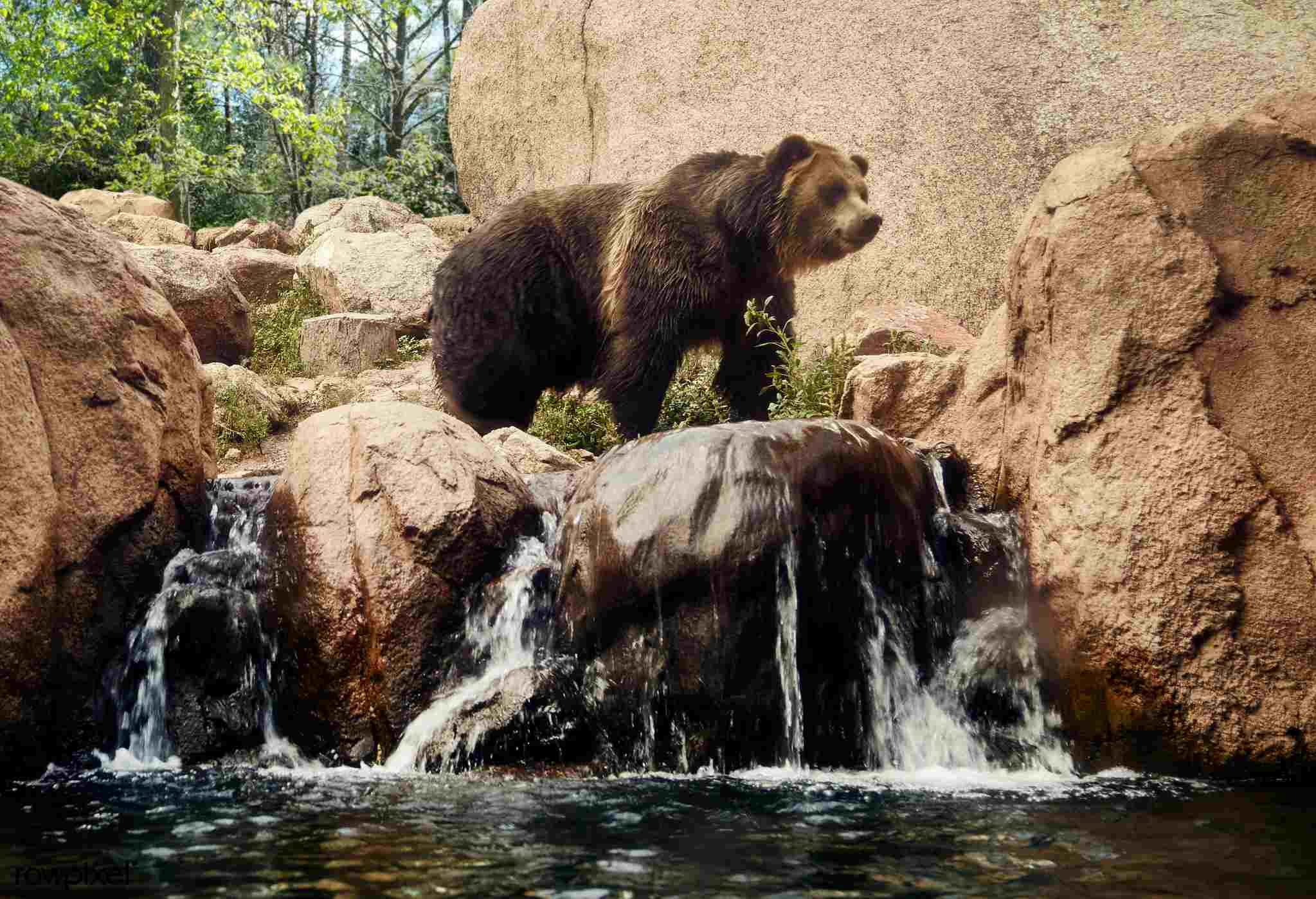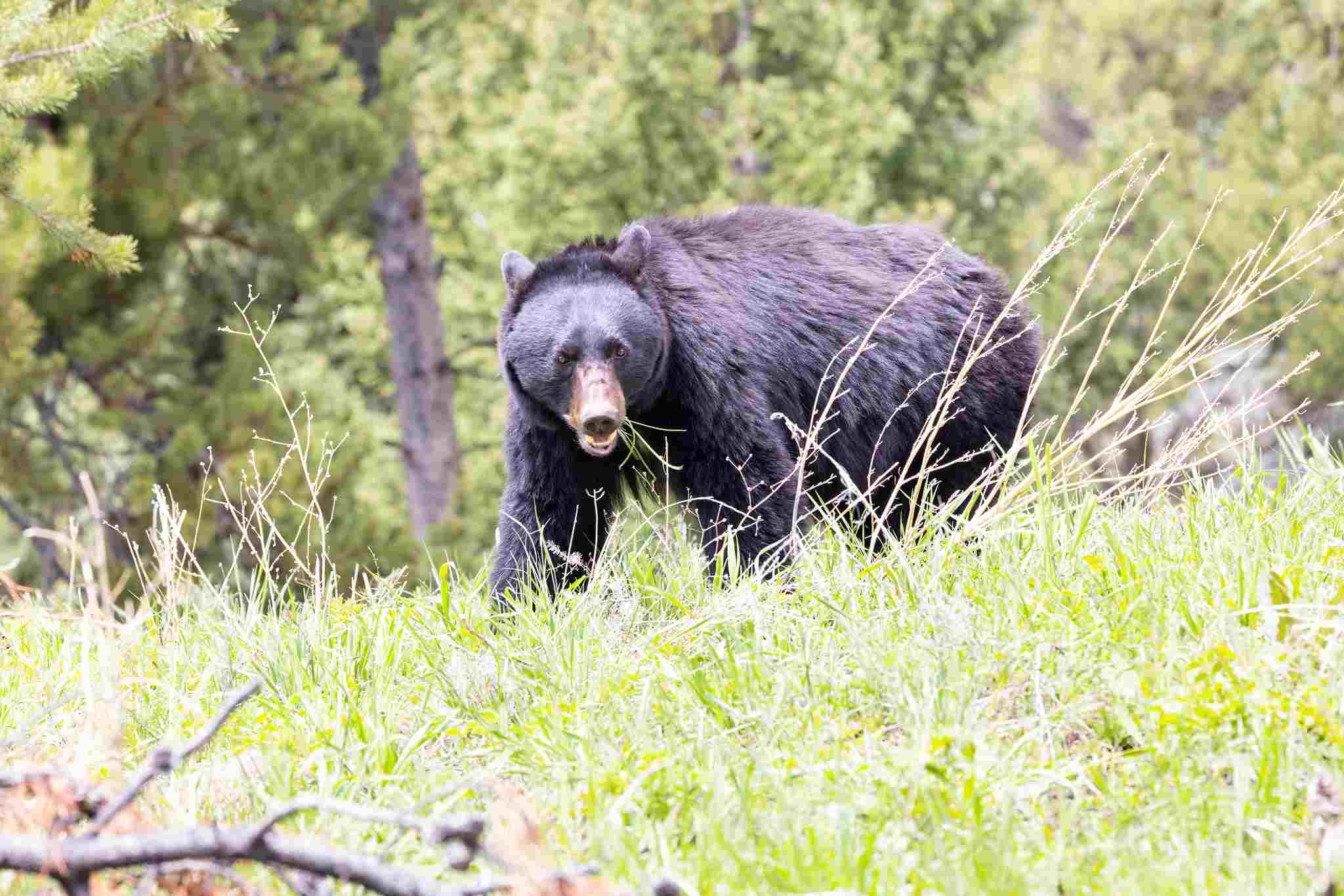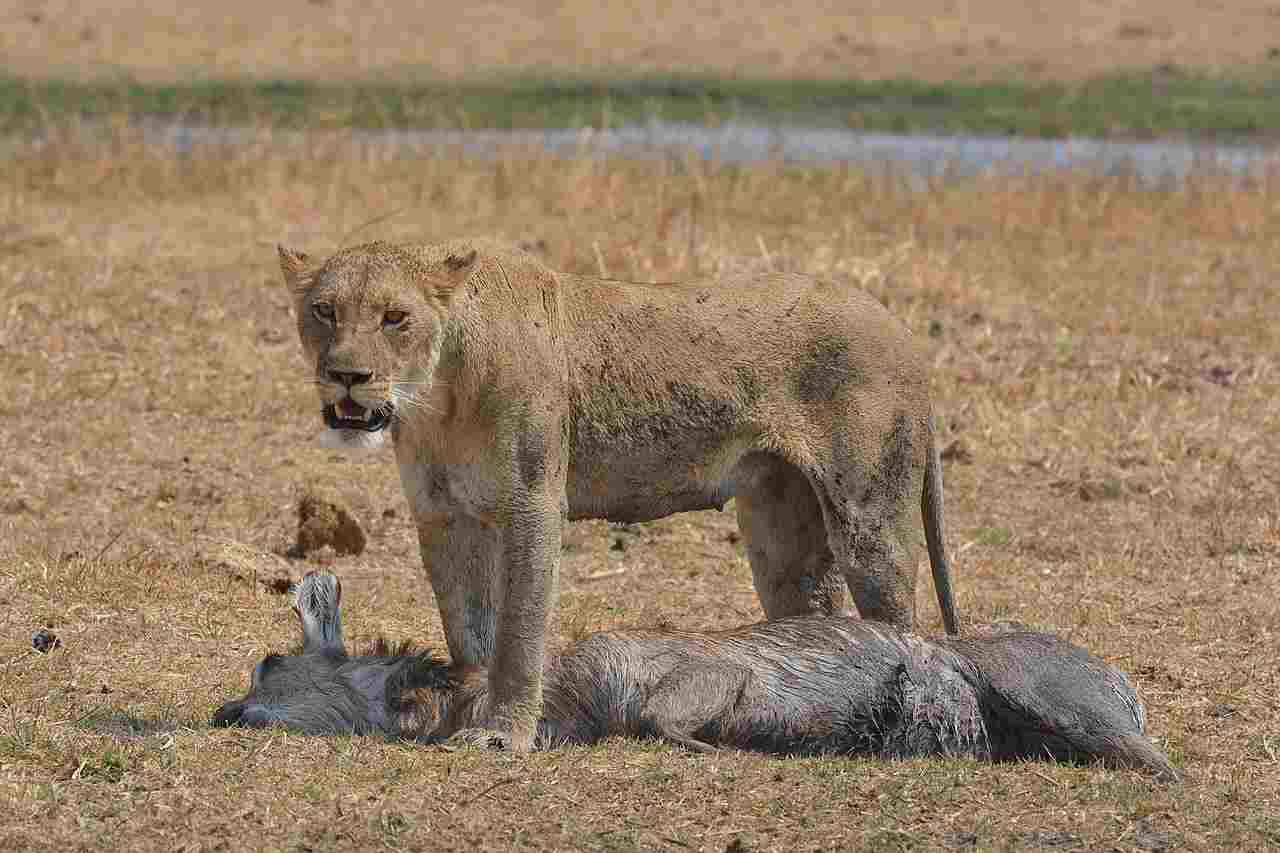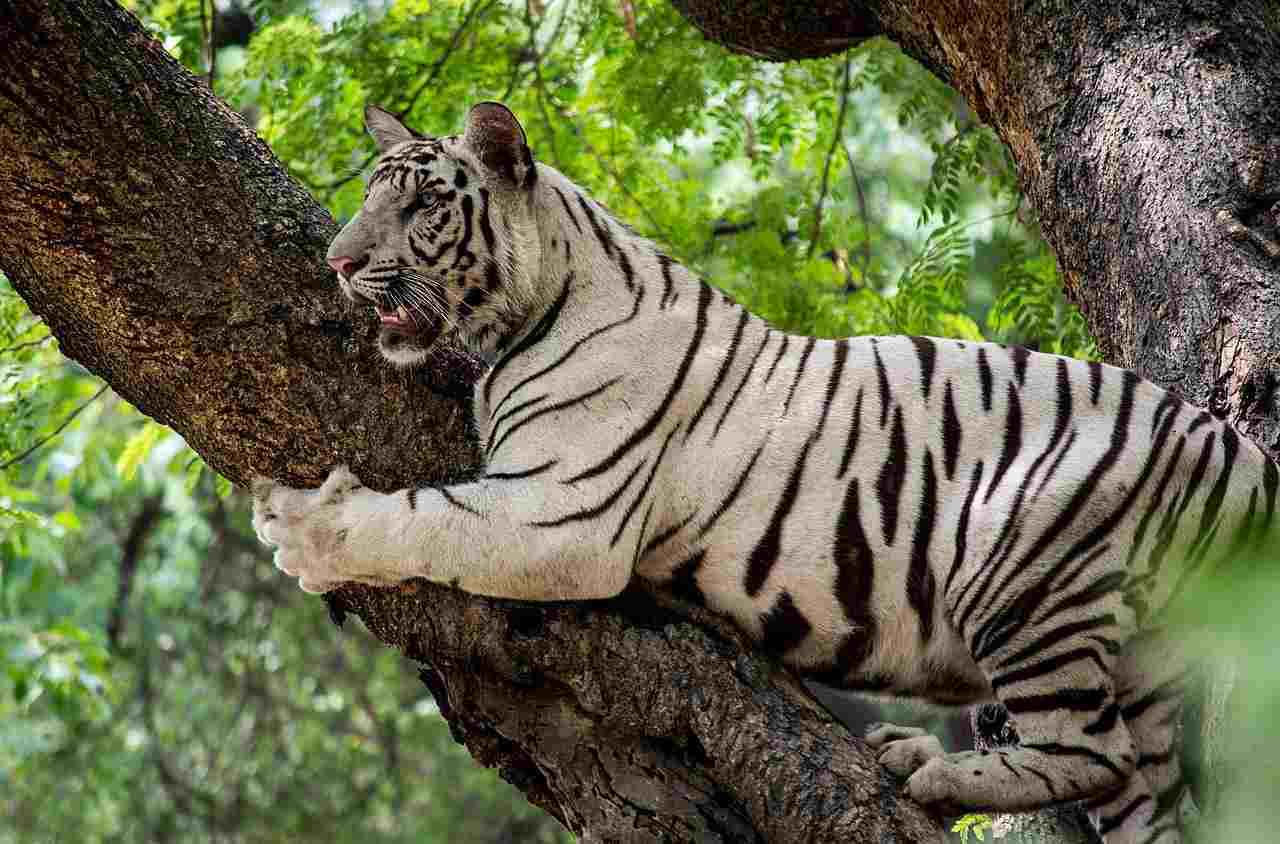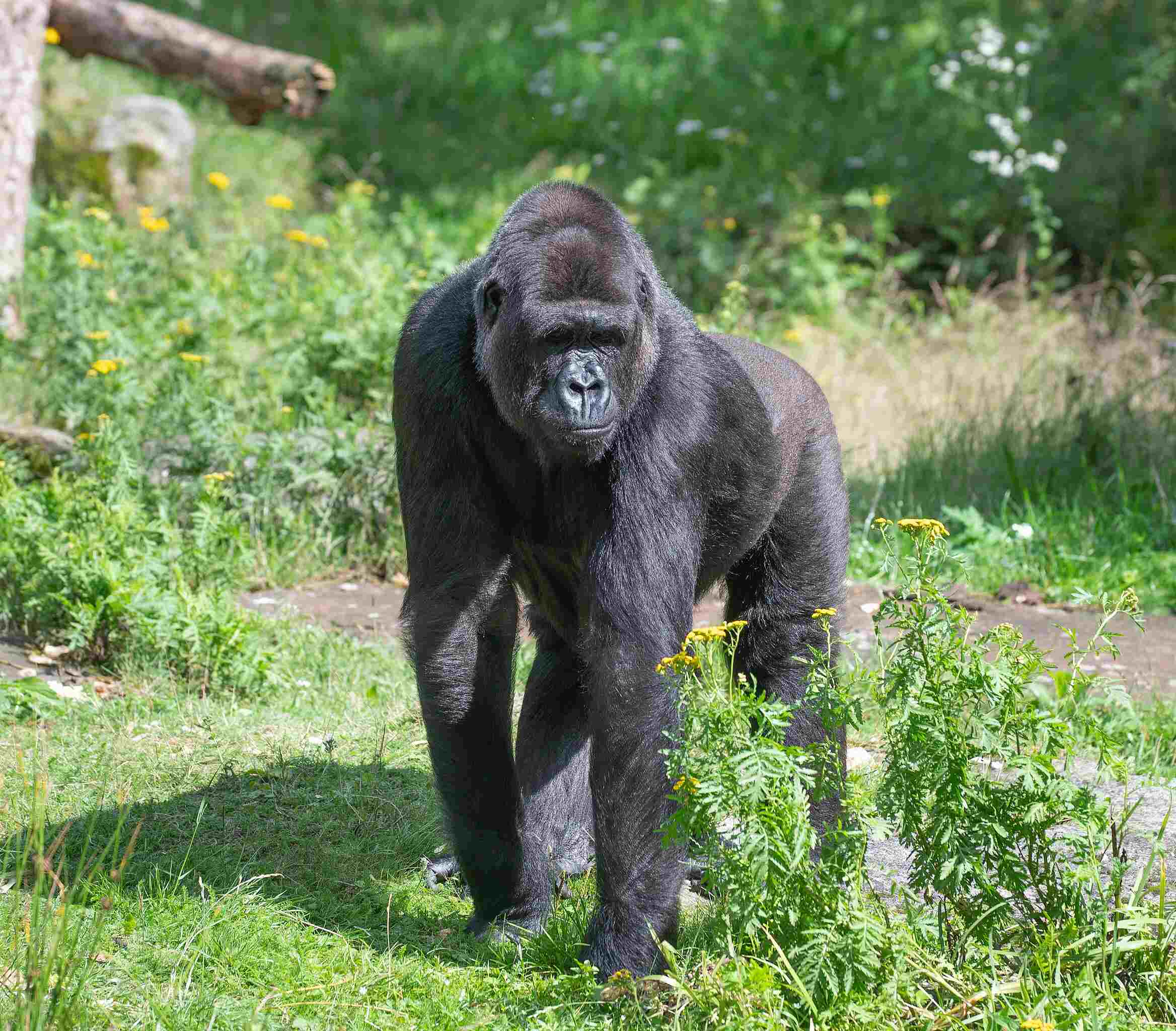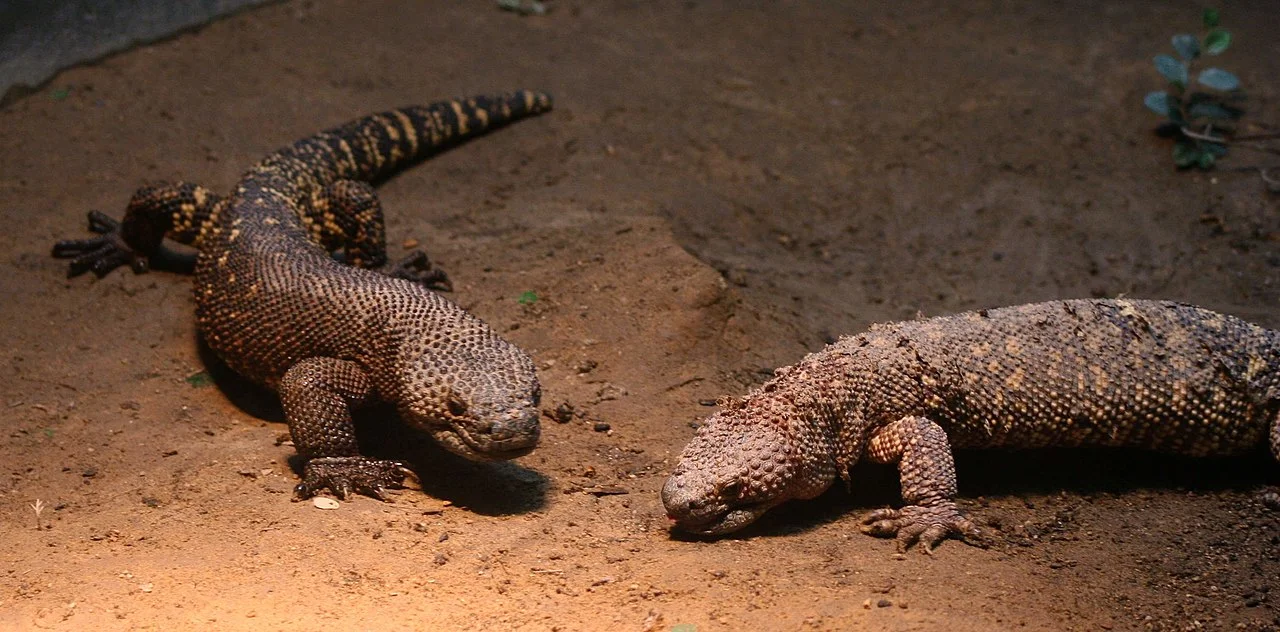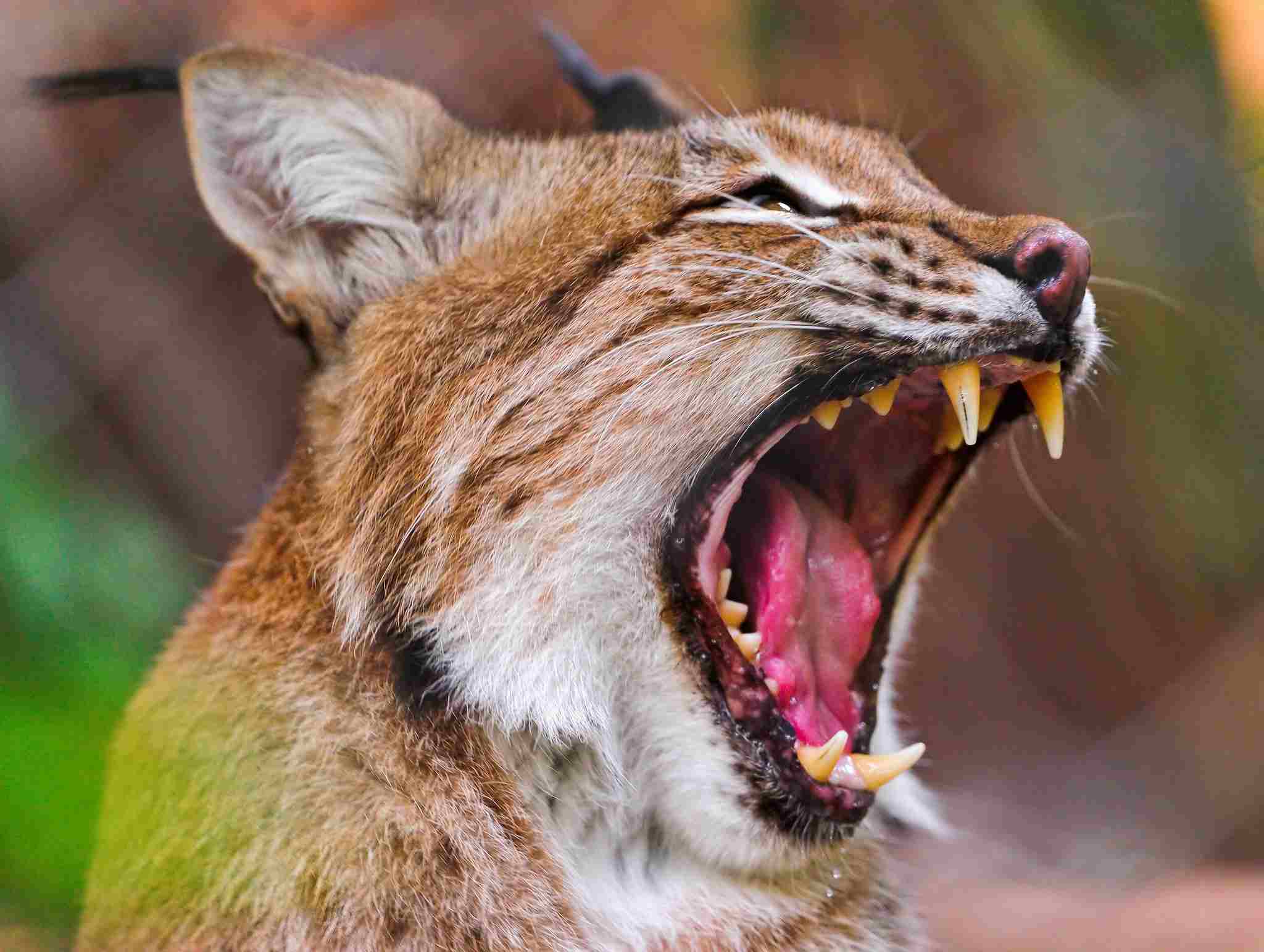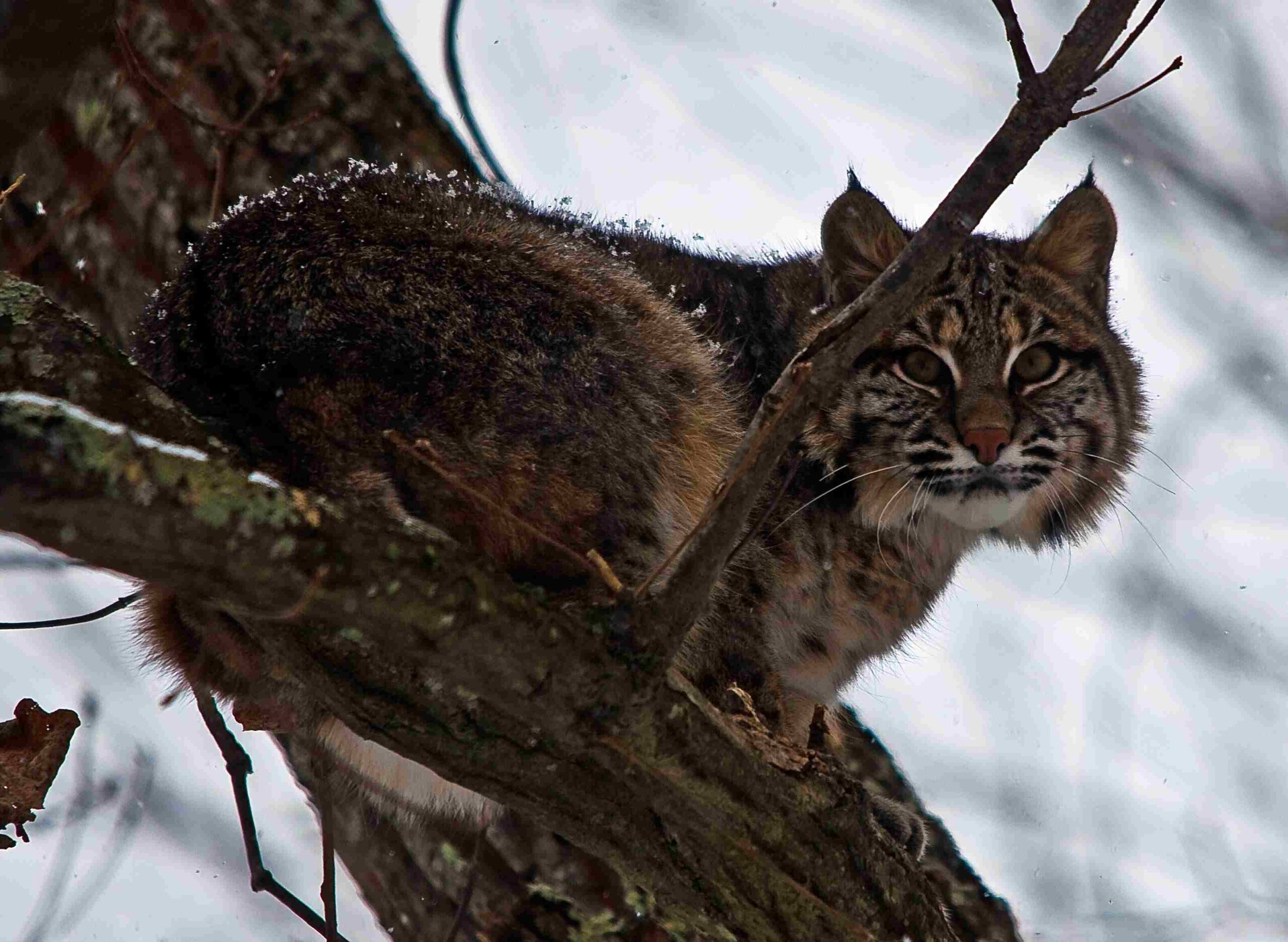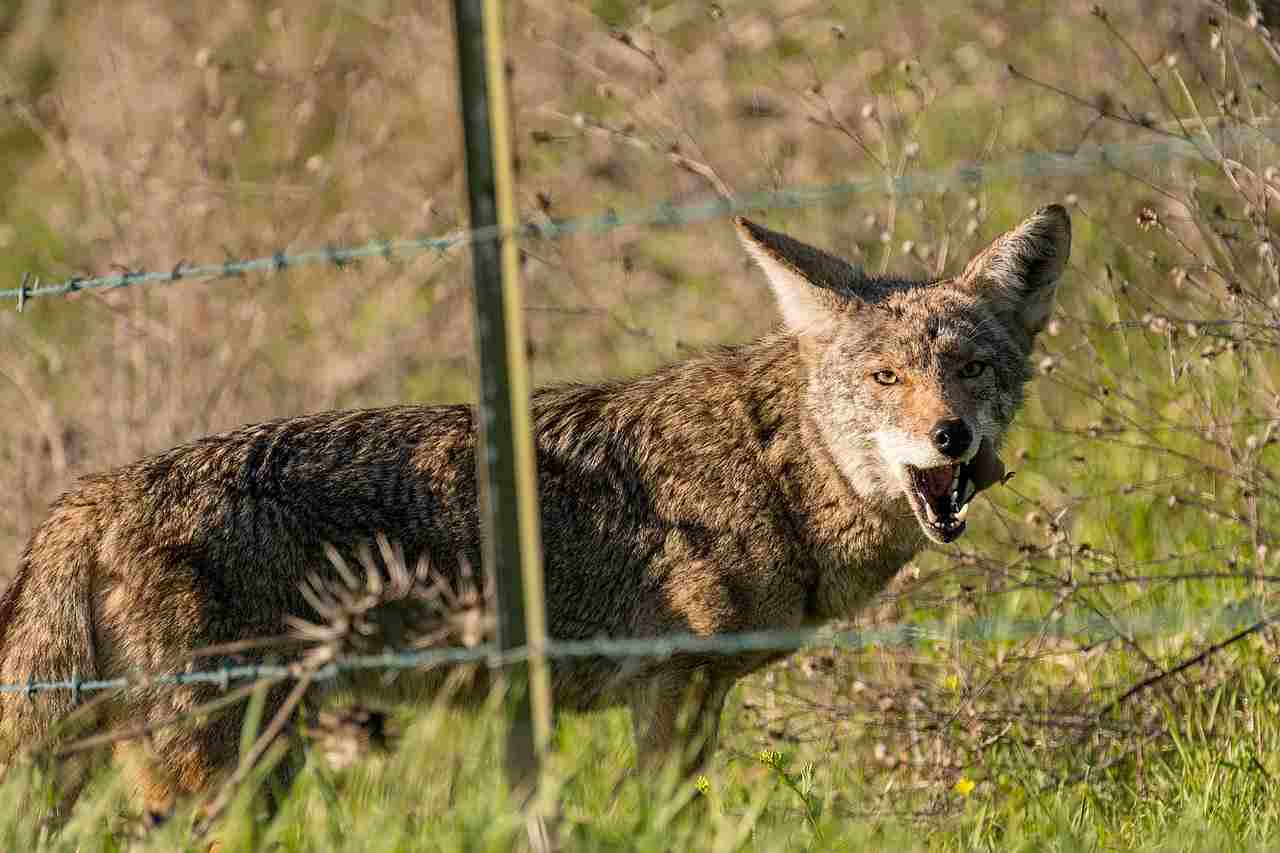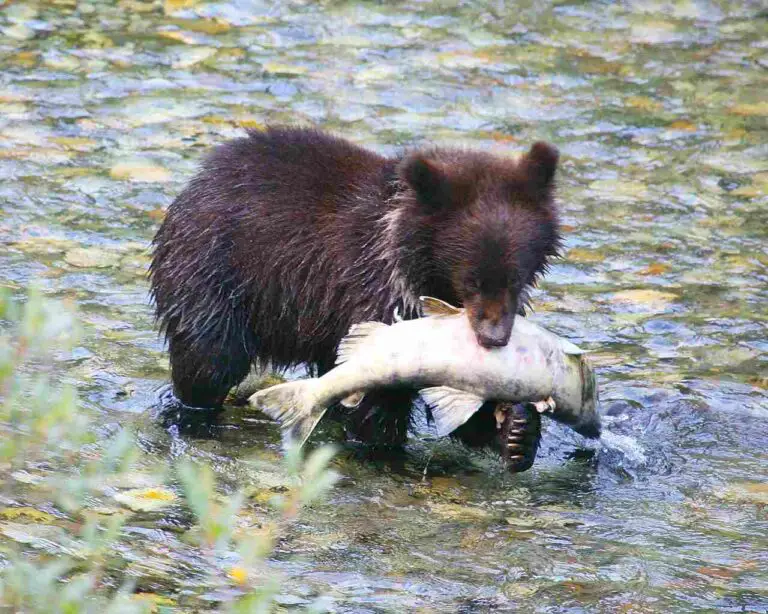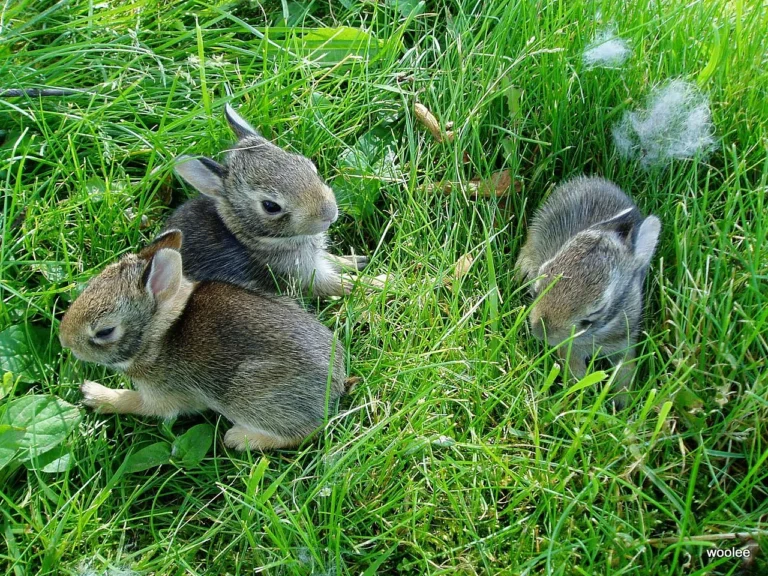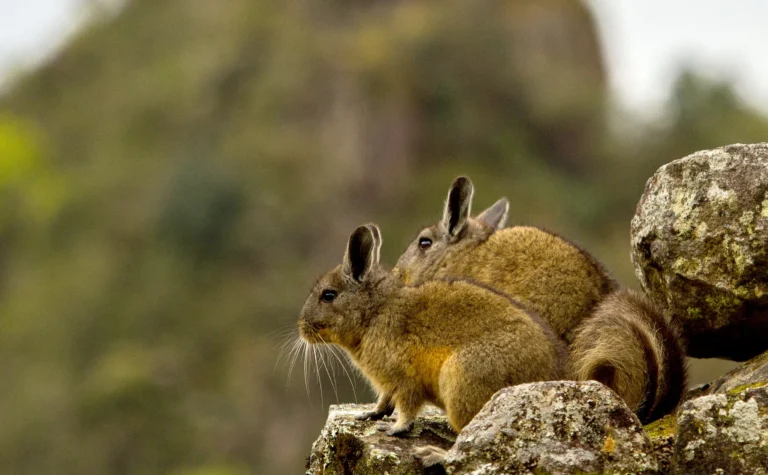9+ Predators In Mexico And Their Characteristicss
1. Bobcat
The bobcat (Lynx rufus) is a medium-sized feline found throughout North America, including Mexico. Known for its distinctive tufted ears, short “bobbed” tail, and spotted coat, the bobcat is a stealthy predator adept at ambush hunting. In Mexico, it inhabits a range of environments, from arid deserts to dense forests, showcasing its adaptability. Its diet primarily consists of small mammals such as rabbits and rodents, but it is also known to hunt birds, reptiles, and occasionally larger prey like deer.
Bobcats are solitary and highly territorial animals. They mark their territory with scent markings and scrape marks on trees to warn other bobcats of their presence. Despite their reclusive nature, bobcats play a crucial role in maintaining the balance of ecosystems by controlling prey populations. They are generally elusive and tend to avoid human contact, but their presence is a good indicator of a healthy and functioning ecosystem. The bobcat is a protected species in Mexico, and conservation efforts aim to ensure that its populations remain stable amidst habitat loss and human encroachment.
2. Coyote
The coyote (Canis latrans) is a highly adaptable canine found throughout North America, including a significant presence in Mexico. Known for its intelligence and versatility, the coyote thrives in diverse environments, from deserts and forests to urban areas. This adaptability allows it to occupy a unique ecological niche, feeding on a wide range of prey such as small mammals, birds, insects, and even fruits. In Mexican folklore and culture, the coyote often symbolizes cleverness and resourcefulness.
Coyotes are social animals that typically form small family groups. Their vocalizations, which include howls, barks, and yips, are often heard at night and serve to communicate with other coyotes and establish territory. Despite their adaptability, coyotes face various threats in Mexico, including habitat loss, vehicle collisions, and conflicts with humans due to livestock predation. However, their resilience and adaptability have enabled them to persist and even expand their range in recent decades.
3. Mexican Wolf
The Mexican wolf (Canis lupus baileyi) is a subspecies of the gray wolf and is one of the most endangered wolves in the world. Historically, it roamed across the southwestern United States and northern Mexico, but its range has dramatically decreased due to habitat loss and eradication efforts. The Mexican wolf is a key predator in its ecosystem, playing a vital role in maintaining the balance of prey populations. It primarily feeds on large ungulates such as deer, but its diet can include smaller mammals and other animals.
Conservation efforts have focused on reintroducing the Mexican wolf to its native range, particularly in parts of Arizona, New Mexico, and northern Mexico. These efforts aim to rebuild a sustainable population while mitigating conflicts with ranchers and farmers. The Mexican wolf’s survival is critical for maintaining the ecological integrity of its native habitats, and ongoing recovery programs seek to ensure its long-term success in the wild.
4. Cougar
The cougar (Puma concolor), also known as the mountain lion or puma, is one of the most widely distributed predators in the Americas, with a range that extends from Canada to the southernmost tip of South America. In Mexico, the cougar inhabits diverse environments, including deserts, mountains, and tropical forests. It is a highly adaptable predator, capable of taking down large prey such as deer, as well as smaller animals like raccoons and rabbits.
Cougars are solitary and territorial, with males covering large territories that can overlap with those of several females. They are primarily nocturnal or crepuscular hunters, using stealth and agility to ambush their prey. While cougars generally avoid human contact, their increasing presence near populated areas has led to concerns about safety and conservation. Conservation efforts in Mexico aim to ensure that cougar populations remain stable while addressing potential conflicts with human activities.
5. Grizzly Bear
The grizzly bear (Ursus arctos horribilis) once roamed extensively across North America, including parts of northern Mexico. However, due to habitat loss and extensive hunting, its range in Mexico has been significantly reduced, with grizzlies now considered extirpated in the region. Grizzly bears are large omnivores, feeding on a diverse diet that includes plants, fish, insects, and mammals. Their presence in an ecosystem is crucial for nutrient cycling and maintaining biodiversity.
While the grizzly bear is no longer found in Mexico, efforts are underway to protect and restore suitable habitats in regions where these bears once roamed. Conservationists believe that reintroducing grizzlies to their former habitats could help restore ecological balance and increase biodiversity. However, reintroduction efforts must carefully consider human-wildlife conflicts, as grizzlies require large territories and can pose risks to livestock and humans.
6. Hawk
Hawks are a diverse group of birds of prey found throughout Mexico, belonging to the family Accipitridae. These birds are characterized by their sharp talons, hooked beaks, and keen eyesight, making them skilled hunters. Hawks in Mexico inhabit various environments, from forests and grasslands to urban areas. They primarily feed on small mammals, birds, and reptiles, using their impressive aerial agility to catch their prey.
Hawks play an essential role in controlling populations of smaller animals and maintaining ecosystem balance. In Mexico, some hawk species are migratory, with individuals traveling long distances between their breeding and wintering grounds. Conservation efforts focus on preserving habitats and protecting migratory routes to ensure the survival of these remarkable birds. Hawks are also valued in Mexican culture, often symbolizing strength and freedom.
7. Eagle
Eagles are among the most iconic birds of prey, known for their powerful build and soaring flight. In Mexico, various eagle species are found, with the golden eagle (Aquila chrysaetos) being particularly noteworthy. Golden eagles are large raptors with a wingspan that can exceed 7 feet, and they primarily feed on mammals such as rabbits and ground squirrels. These birds are apex predators in their habitats, playing a crucial role in controlling prey populations.
In Mexico, eagles are revered for their majestic appearance and strength, often symbolizing power and nobility. However, these birds face threats from habitat loss, illegal hunting, and environmental changes. Conservation efforts aim to protect eagle habitats and ensure sustainable populations. The golden eagle is a national symbol in Mexico, appearing on the country’s flag and coat of arms, emphasizing its cultural significance.
8. Jaguar
The jaguar (Panthera onca) is the largest feline in the Americas and a symbol of power and beauty in Mexico’s wildlife. With a robust build, striking rosette-patterned coat, and powerful jaws, the jaguar is a top predator in its environment. Jaguars are found in various Mexican habitats, from dense rainforests to dry scrublands, where they primarily prey on large mammals like deer and peccaries, as well as reptiles and birds.
Jaguars are solitary and territorial, often requiring large expanses of contiguous habitat to thrive. Unfortunately, these magnificent predators face significant threats in Mexico, including deforestation, habitat fragmentation, and illegal poaching. Conservation efforts focus on protecting jaguar corridors and reducing human-wildlife conflicts. Jaguars hold deep cultural significance in Mexico, with ancient civilizations like the Maya and Aztec often depicting them in their art and mythology.
9. American Black Bear
The American black bear (Ursus americanus) is a versatile omnivore found in various parts of North America, including northern Mexico. These bears are smaller and less aggressive than grizzly bears, with a diet that includes fruits, nuts, insects, and small mammals. In Mexico, black bears are typically found in forested areas and mountainous regions, where they play a role in seed dispersal and ecosystem balance.
Black bears are generally solitary animals, except during the mating season or when females are raising cubs. They are known for their climbing ability, often seeking refuge in trees when threatened. While black bears are generally not a threat to humans, they can cause conflicts when they venture into populated areas in search of food. Conservation efforts in Mexico aim to protect bear habitats and reduce human-bear conflicts, ensuring the long-term survival of these gentle giants.
10. Snake
Mexico is home to a wide variety of snake species, ranging from harmless garter snakes to venomous rattlesnakes and vipers. These reptiles play an essential role in controlling rodent populations and maintaining ecosystem health. Snakes in Mexico can be found in various habitats, including deserts, forests, and grasslands. While many people fear snakes due to their venomous bites, most species are harmless and avoid human contact.
Venomous snakes in Mexico, such as the rattlesnake and coral snake, are often the focus of attention due to the potential risks they pose to humans and livestock. However, these snakes play a critical role in their ecosystems, and conservation efforts aim to protect them from habitat loss and indiscriminate killing. Education and awareness campaigns are also essential to help people understand the importance of snakes and how to coexist with them safely.
*Summary
-
Bobcat
-
Medium-sized feline with tufted ears and spotted coat
-
Inhabits diverse environments in Mexico
-
Diet includes small mammals, birds, and reptiles
-
Solitary and territorial, important for ecosystem balance
-
-
Coyote
-
Adaptable canine found in various environments
-
Feeds on small mammals, birds, and fruits
-
Forms small family groups, known for vocalizations
-
Faces threats from habitat loss and human conflicts
-
-
Mexican Wolf
-
Endangered subspecies of gray wolf
-
Historically ranged in the southwestern US and Mexico
-
Diet includes large ungulates and smaller mammals
-
Reintroduction efforts underway to restore populations
-
-
Cougar
-
Large feline, also known as mountain lion or puma
-
Inhabits various environments across Mexico
-
Hunts large prey like deer and smaller animals
-
Solitary and territorial, conservation efforts focus on minimizing human conflicts
-
-
Grizzly Bear
-
Extirpated from Mexico, historically widespread
-
Large omnivore, feeds on plants, fish, insects, and mammals
-
Reintroduction efforts are being considered to restore ecological balance
-
Concerns about human-bear conflicts in reintroduction plans
-
-
Hawk
-
Birds of prey with sharp talons and hooked beaks
-
Found in diverse environments in Mexico
-
Primarily feed on small mammals, birds, and reptiles
-
Conservation efforts focus on habitat protection and migratory routes
-
-
Eagle
-
Iconic birds of prey, golden eagle is notable in Mexico
-
Large raptors, apex predators in their habitats
-
Feeds on mammals like rabbits and ground squirrels
-
Faces threats from habitat loss and illegal hunting
-
-
Jaguar
-
Largest feline in the Americas, powerful predator
-
Found in various habitats, preys on large mammals and reptiles
-
Requires large territories, threatened by deforestation and poaching
-
Holds deep cultural significance in Mexican history
-
-
American Black Bear
-
Versatile omnivore, smaller than grizzly bears
-
Found in forested and mountainous regions in Mexico
-
Plays a role in seed dispersal and ecosystem balance
-
Conservation efforts aim to reduce human-bear conflicts
-
-
Snake
-
Diverse group of reptiles, ranging from harmless to venomous
-
Found in various habitats across Mexico
-
Important for controlling rodent populations
-
Conservation efforts aim to protect venomous species and reduce indiscriminate killing
-
| Predator | Description |
| Bobcat |
Medium-sized feline with tufted ears; diverse environments; small mammal diet; solitary and territorial.
|
| Coyote |
Adaptable canine; various environments; feeds on small mammals, birds, and fruits; forms family groups.
|
| Mexican Wolf |
Endangered subspecies of gray wolf; historically ranged in southwestern US and Mexico; reintroduction underway.
|
| Cougar |
Large feline; various environments; hunts large prey; solitary and territorial; conservation aims to reduce human conflicts.
|
| Grizzly Bear |
Large omnivore; extirpated from Mexico; reintroduction considered; potential conflicts with humans in reintroduction plans.
|
| Hawk |
Birds of prey with sharp talons; diverse environments; feeds on small mammals, birds, and reptiles; conservation focuses on habitats and migratory routes.
|
| Eagle |
Iconic birds of prey; golden eagle in Mexico; apex predators; faces threats from habitat loss and illegal hunting.
|
| Jaguar |
Largest feline in the Americas; found in various habitats; requires large territories; threatened by deforestation and poaching.
|
| American Black Bear |
Versatile omnivore; found in forested and mountainous regions; plays a role in seed dispersal; conservation aims to reduce human-bear conflicts.
|
| Snake |
Diverse group of reptiles; found in various habitats; controls rodent populations; conservation efforts to protect venomous species.
|
